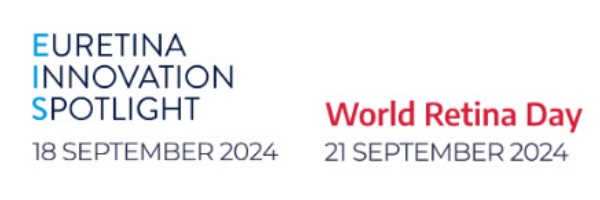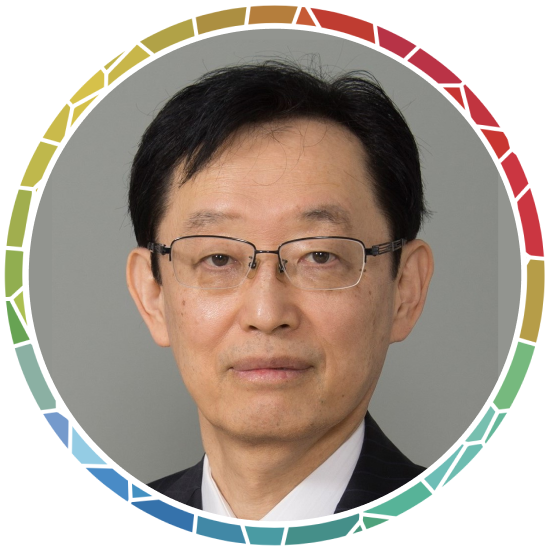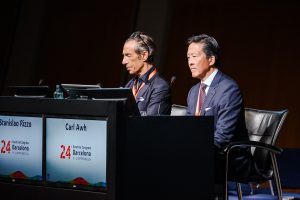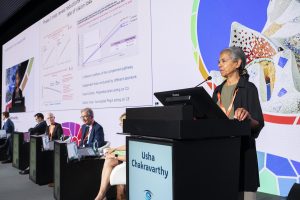Kreissig Award lecturer presents highlights of his career as a retinal surgeon, beginning by explaining his motivation for choosing the field and then reviewing major findings from research relating to retinal detachment.
Professor Taiji Sakamoto, MD, PhD has been a retinal specialist for nearly 35 years and can be credited with many research discoveries and innovations in the field. In delivering the Kreissig Award Lecture, Dr Sakamoto will share aspects of his experience focusing on retinal detachment. Introducing his topic, Dr Sakamoto will reveal that his entry into medicine was prompted by a desire to escape the environment in which he grew up.
“Born into a political family, I witnessed many societal conflicts and disputes. That history led me to aspire to become a basic scientist, detached from such issues,” he explained.
Dr Sakamoto’s first foray into research relating to retinal detachment occurred in the 1990s, several years after he graduated from medical school. At that time, research on neuronal cell degeneration, particularly apoptosis was advancing, and he saw retinal detachment as an ideal model for studying the relation between apoptosis and retinal function. Dr Sakamoto will describe findings from these early investigations, including what was for him a fascinating discovery that while retinal detachment leads to the generation of highly toxic substances that are released when retinal cells undergo necrosis, the toxins are neutralised by the vitreous body.
Dr Sakamoto will also review his contributions to developing the use of vital dyes to aid visualisation during retinal detachment surgery. “Vitreous surgery was extremely challenging when I was beginning my surgical career because visibility of the vitreous was poor,” he said.
Observing the success his colleague, Dr Kadonosono, achieved using indocyanine green dye to simplify the task of internal limiting membrane peeling, Dr Sakamoto developed the use of triamcinolone to aid vitreous visualisation during vitrectomy. Lacking knowledge about acquiring patents, Dr Sakamoto allowed Dr Gholam Peyman in the United States to publish the first report of the new technique. Subsequently, however, Dr Sakamoto and colleagues conducted a prospective controlled trial demonstrating that intraoperative use of triamcinolone to aid visualisation of the vitreous made vitrectomy safer.
“As a next step our group developed Brilliant Blue G as a safer vital dye for enhancing visualisation during retinal surgery, and it is now being used worldwide as an adjuvant during retinal surgery,” he said.
Dr Sakamoto will also discuss his work to create the Japan Retinal Detachment Registry. “While surgical techniques for retinal detachment had improved, the subjective nature of surgery made objective assessment difficult. To address this issue, I believed it was necessary to create a national registry to collect data,” he explained.
Multiple reports have been published thus far from analyses of registry data, including one showing that women in more conservative regions of Japan were less likely than men to receive early surgical intervention for retinal detachment.
“This finding highlighted the need for societal intervention to ensure that all patients receive appropriate care. Ironically, despite my efforts to avoid social activities by focusing on basic medicine and retinal detachment treatment, I found through my research that improving society is essential to effectively treat retinal detachment,” Dr Sakamoto said.
“From that perspective, I believe my lecture will show how my career as a retinal surgeon truly embodies a journey.”
Professor Sakamoto will deliver the Kreissig Award Lecture at 14:15 CEST on Saturday 21 September in the Grand Auditorium
























































































































